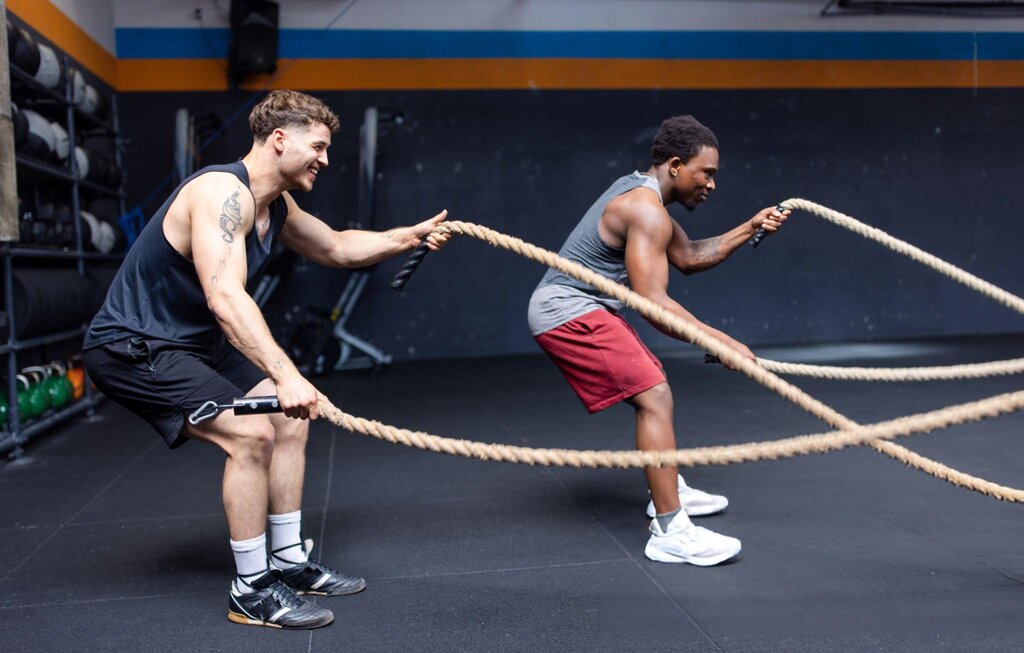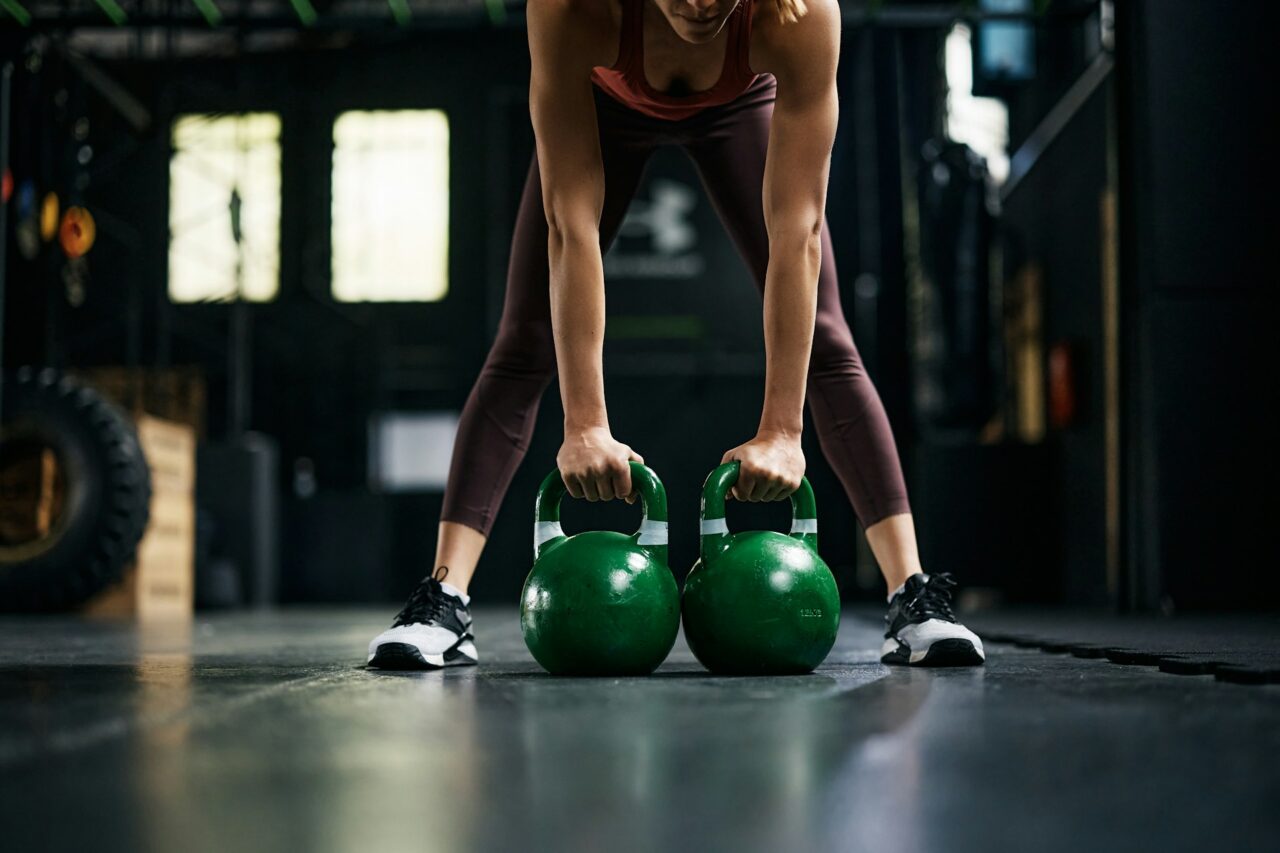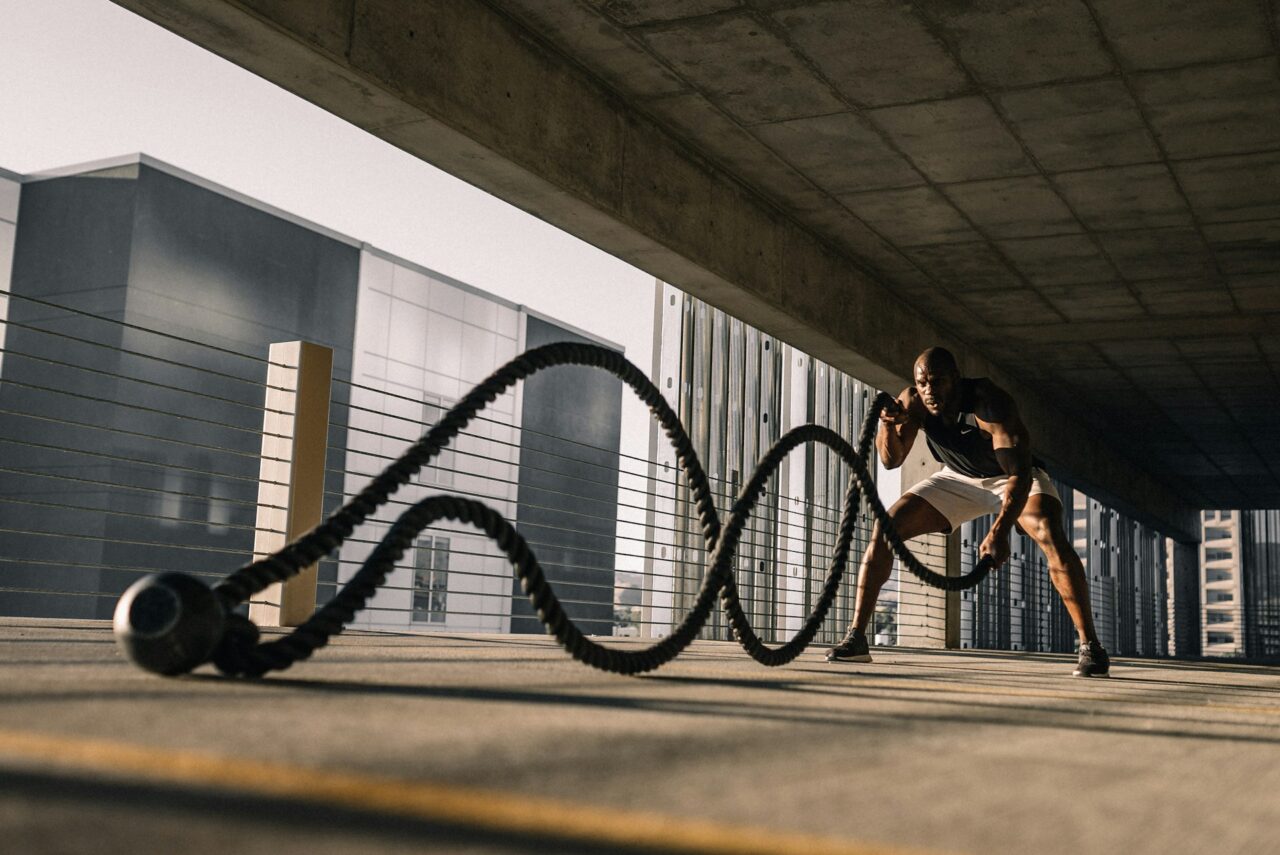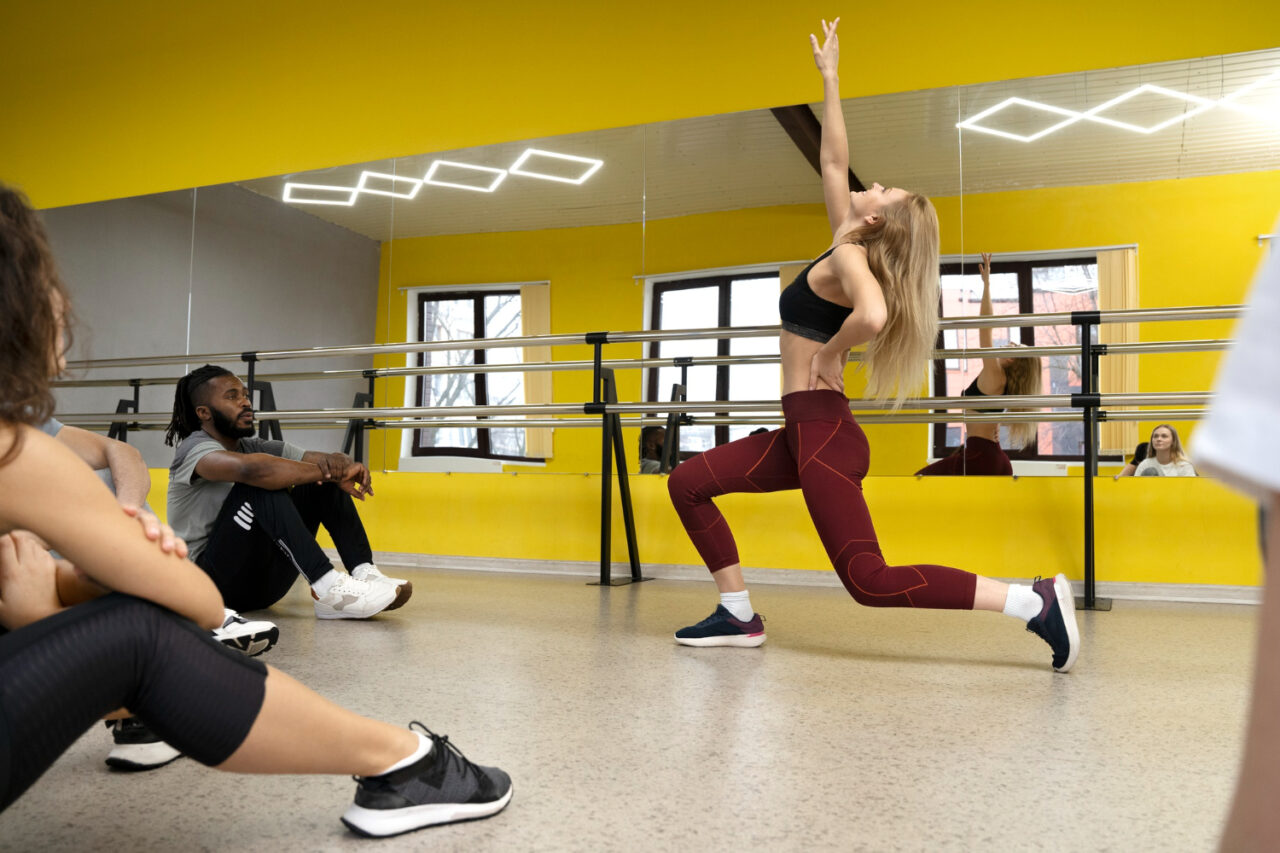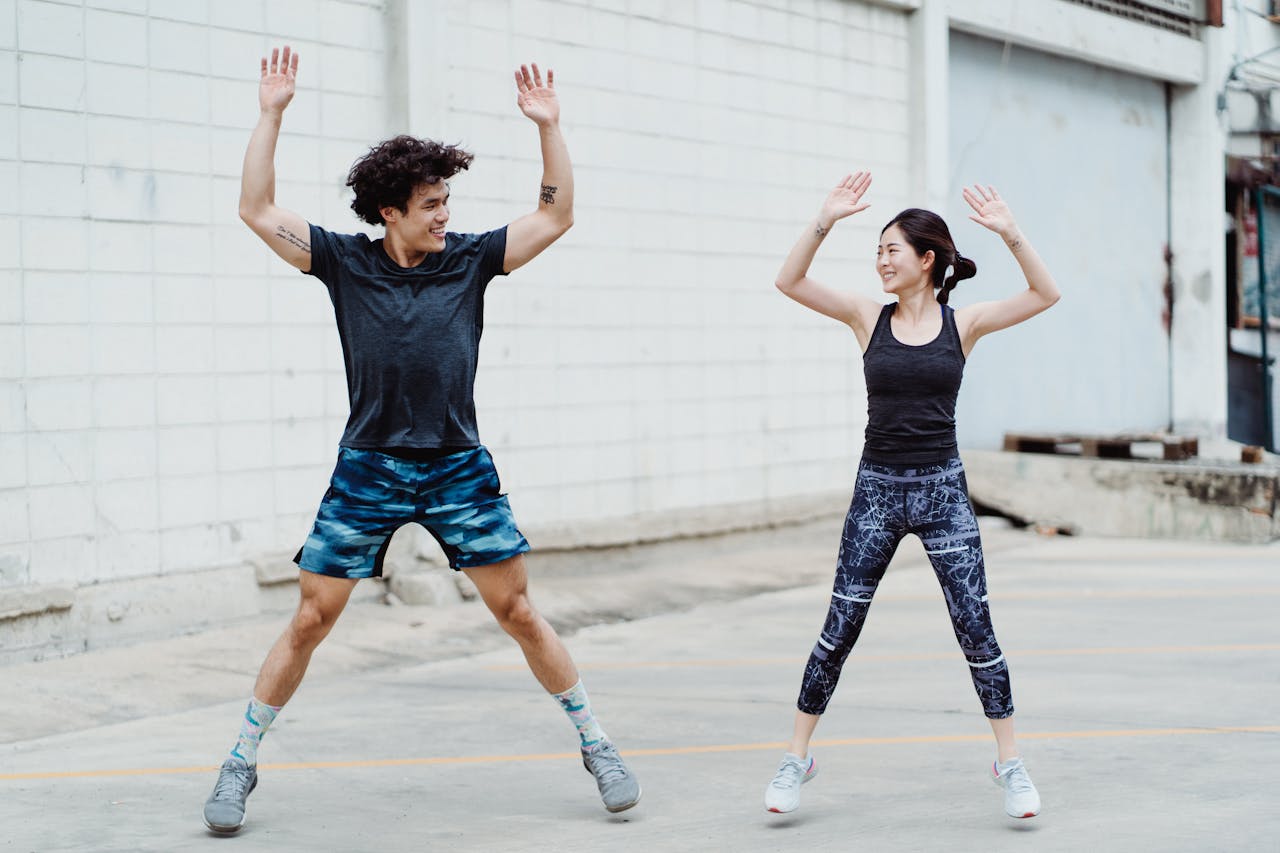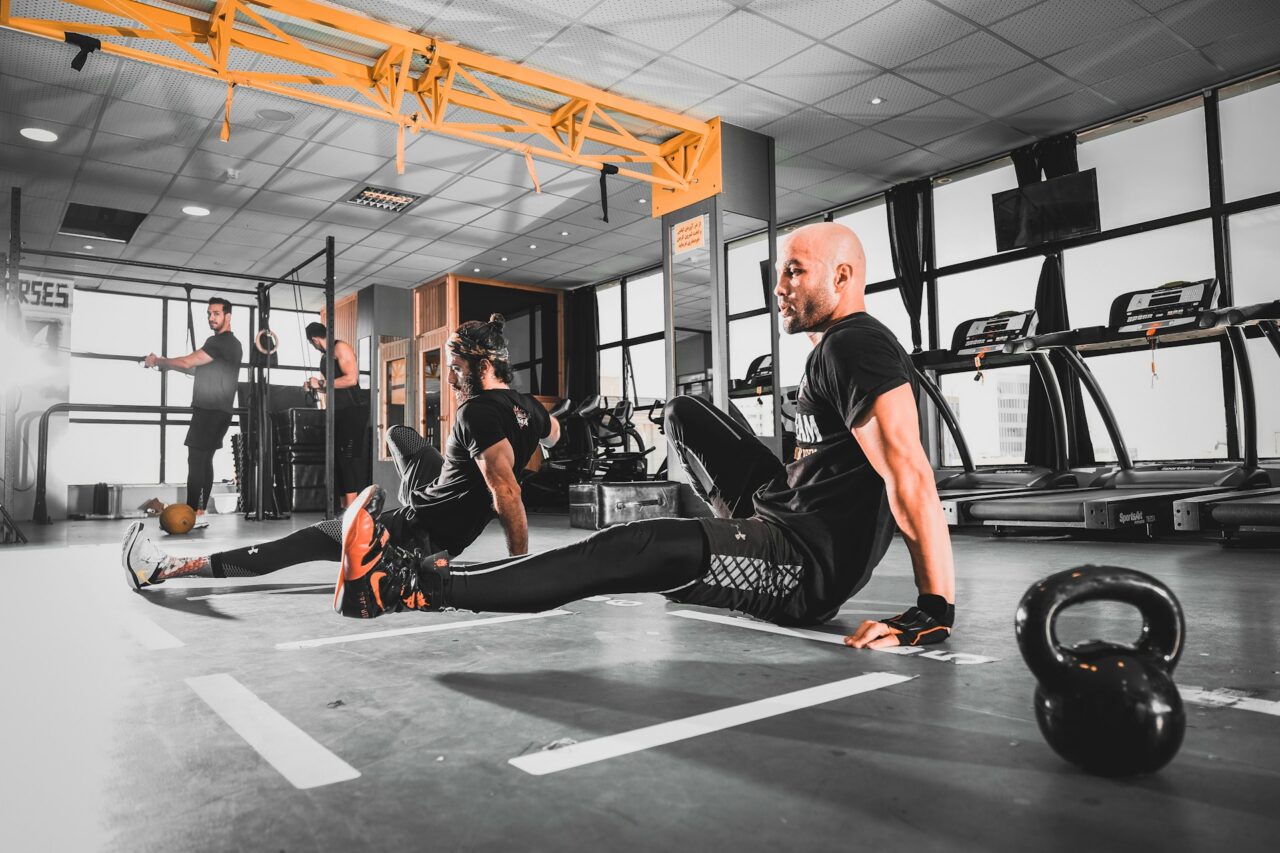Cardio Kick Boxing is a fun, energetic way to get your heart pumping and your body moving. This workout mixes traditional boxing moves with an intense cardio workout, ensuring a full-body experience that leaves you feeling strong and accomplished. But while the routines are designed to help you get fit and healthy, sometimes they come with a few challenges, like maintaining balance.
Balance problems during Cardio Kick Boxing can be both frustrating and limiting. Imagine enjoying your workout session, but then wobbling or losing your footing during a quick jab or kick. It’s like trying to dance on ice—difficult and a bit hazardous. Addressing these balance issues is crucial to improving your performance and getting the most out of each workout. Strengthening your balance not only ensures a safer workout but also a more effective one, helping you to feel confident as you kick and punch your way to fitness.
Common Balance Issues in Cardio Kick Boxing
Losing balance in Cardio Kick Boxing can happen to anyone, whether you’re just starting or have been at it for a while. The main culprits can often be found in how we move or how our bodies are positioned during workouts. One common problem is an uneven weight distribution. If you find yourself leaning too heavily on one foot during a kick, you might end up off-balance. Another issue can be lack of proper footing. Keeping a steady stance and knowing how to plant your feet can prevent those sudden balance mishaps.
Weak core muscles can also lead to balance issues. Your core isn’t just about those six-pack abs; it’s about the entire midsection that stabilizes you. If your core isn’t strong enough to keep you steady, you might find yourself stumbling during rapid movements. It’s similar to a tree with a weak trunk—it won’t stand firmly against wind gusts. Then, there’s the problem of quick directional changes. Cardio Kick Boxing involves fast shifts in direction and movement, which can catch you off guard if you’re not prepared.
To tackle these issues, you might need to pay attention to a few important details during your workouts. Here’s a quick list to help understand what could cause balance issues:
– Uneven weight distribution, especially during kicks
– Inadequate footing and stance
– Weak core muscles not providing enough stability
– Difficulty in adjusting to quick changes in direction
Understanding these common issues is the first step to correcting them and enhancing your Cardio Kick Boxing experience. With practice and the right approach, you can improve your balance and make the most out of each session.
Techniques to Improve Balance
Improving balance during Cardio Kick Boxing is all about integrating some key techniques into your routine. Begin by focusing on your core, as a strong midsection is essential for stability. Simple exercises like planks or bicycle crunches can go a long way in strengthening these muscles. Practicing balance-specific exercises, like standing on one leg or using a balance board, can also help you stay steady.
Consider incorporating balance-focused stretches to ease muscle tension and enhance flexibility. Things like yoga poses such as the tree pose or warrior pose can be particularly beneficial. These stretches not only improve balance but also offer increased flexibility, making it easier to handle quick movements. Here are some tips you can use:
– Focus on your core strength with exercises like planks and crunches.
– Practice yoga poses such as the tree pose for better balance.
– Use a balance board to challenge and improve stability.
– Balance on one leg for short periods to practice steadiness.
Remember to work on these techniques regularly to see improvement. Patience and consistency are key, allowing you to build confidence in each session.
Role of Proper Footwear and Equipment
Proper footwear plays a crucial role in maintaining balance. Shoes with good support and grip can prevent unexpected slips and give you a firm foundation. Avoid shoes with worn-out soles, as they don’t offer the traction or stability you need.
Aside from shoes, a few pieces of equipment can aid balance. A weighted vest, for example, can help maintain a centered body position. Using resistance bands during training can also enhance core strength, which filters into better balance. These tools don’t just help during workouts; they also prepare your body for real-life balance challenges.
Select footwear and equipment that match your needs and comfort. By investing in the right gear, you’ll have one less thing to worry about when you’re moving and bending during your workouts.
Importance of Professional Guidance
Seeking professional guidance can significantly enhance your cardio kick boxing experience. At Quincy Athletic Club, trainers are equipped to address individual balance issues through personalized sessions. They provide insights and techniques tailored to your specific needs, ensuring you get the most from each workout. Having a professional monitor your form and progress helps in tackling challenges efficiently and safely.
Wrapping Up Your Cardio Kick Boxing Journey
Addressing balance issues is a step towards making your Cardio Kick Boxing sessions more effective and enjoyable. By understanding common problems and implementing simple techniques, you’re setting yourself up for success. Each session allows you to build not only physical strength but also self-confidence.
Keep pushing yourself by regularly practicing these tips and observing how your body responds. Gradually, you’ll notice improvements, making every punch and kick feel more powerful and controlled. Balancing it all might take time, but with determination and the right approach, you’ll master it. Your fitness journey continues to evolve, leading to a healthier and more balanced you.
Elevate your Cardio Kick Boxing sessions by mastering balance with the help of expert trainers at Quincy Athletic Club. Discover a variety of gym workout classes designed to enhance your stability and boost your fitness journey. Join us and experience a dynamic workout environment that supports your goals and keeps you motivated. Transform your routine and achieve a healthier you today!


